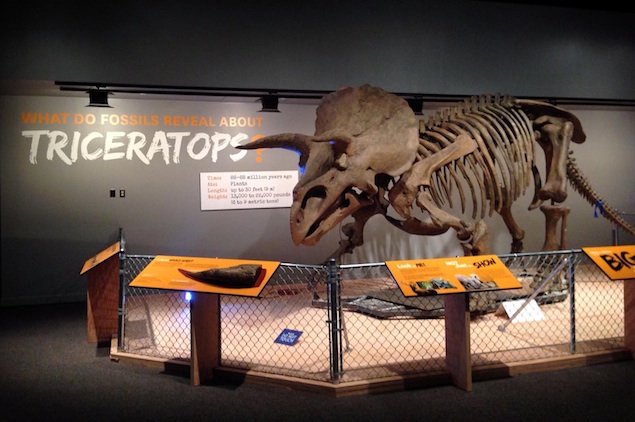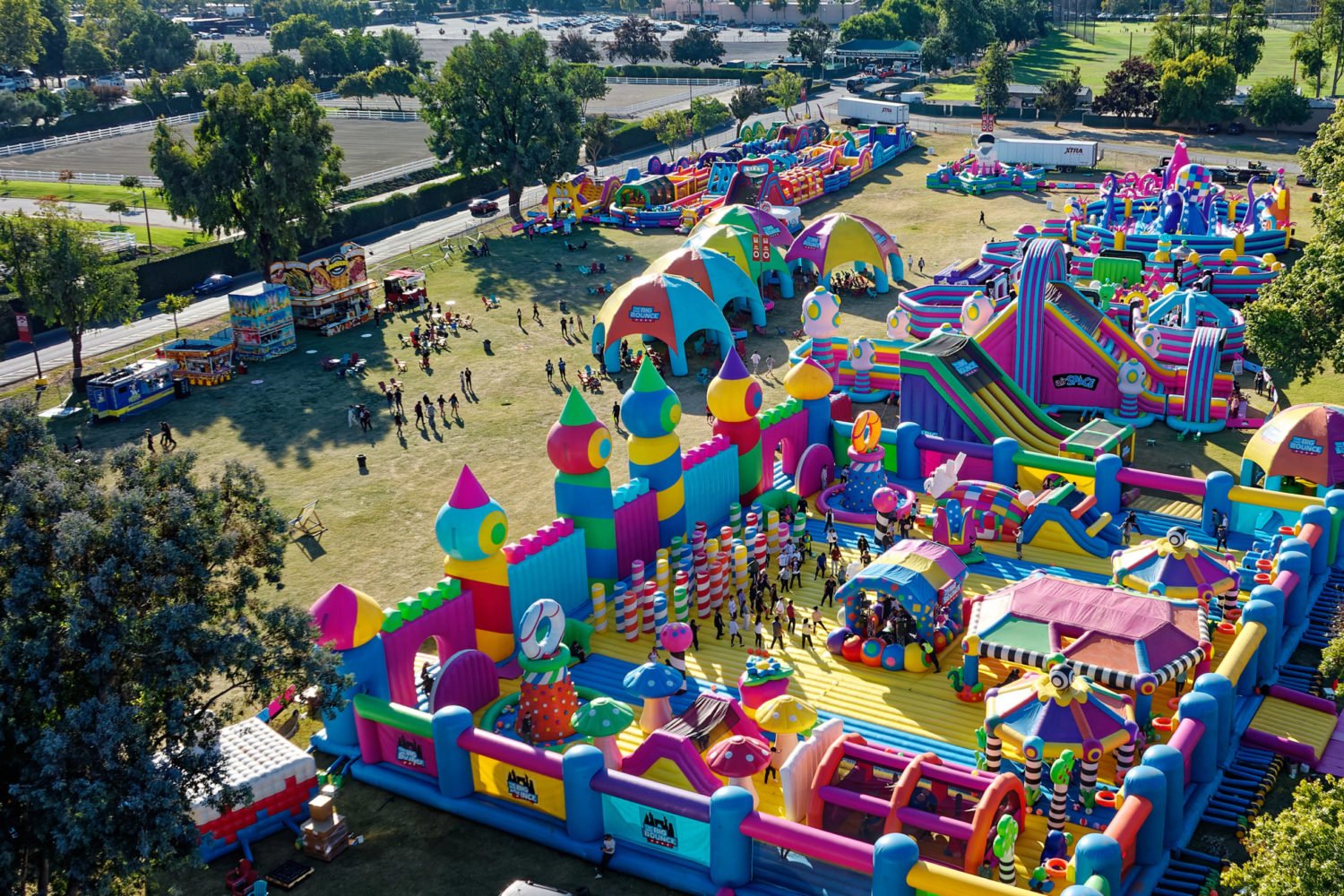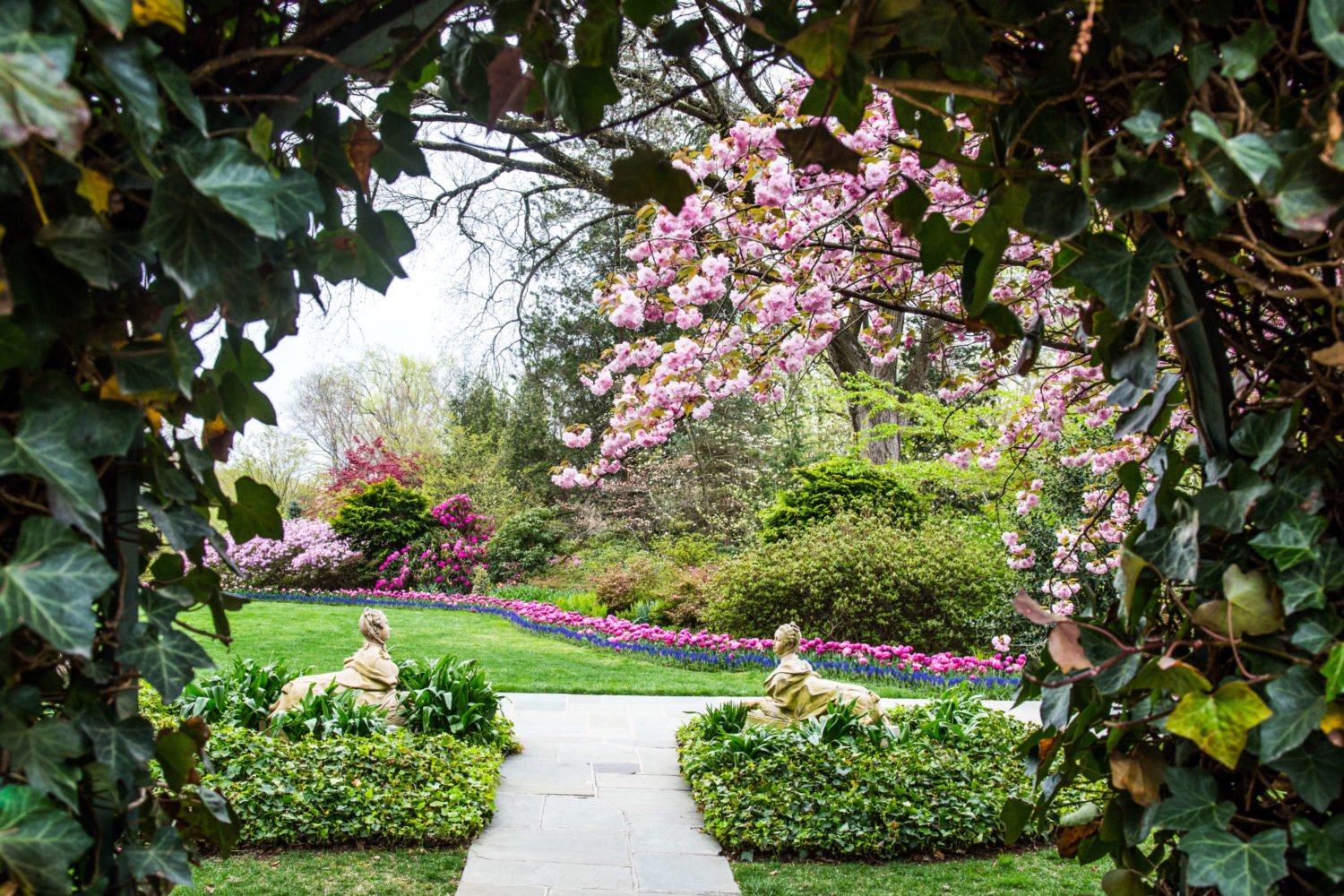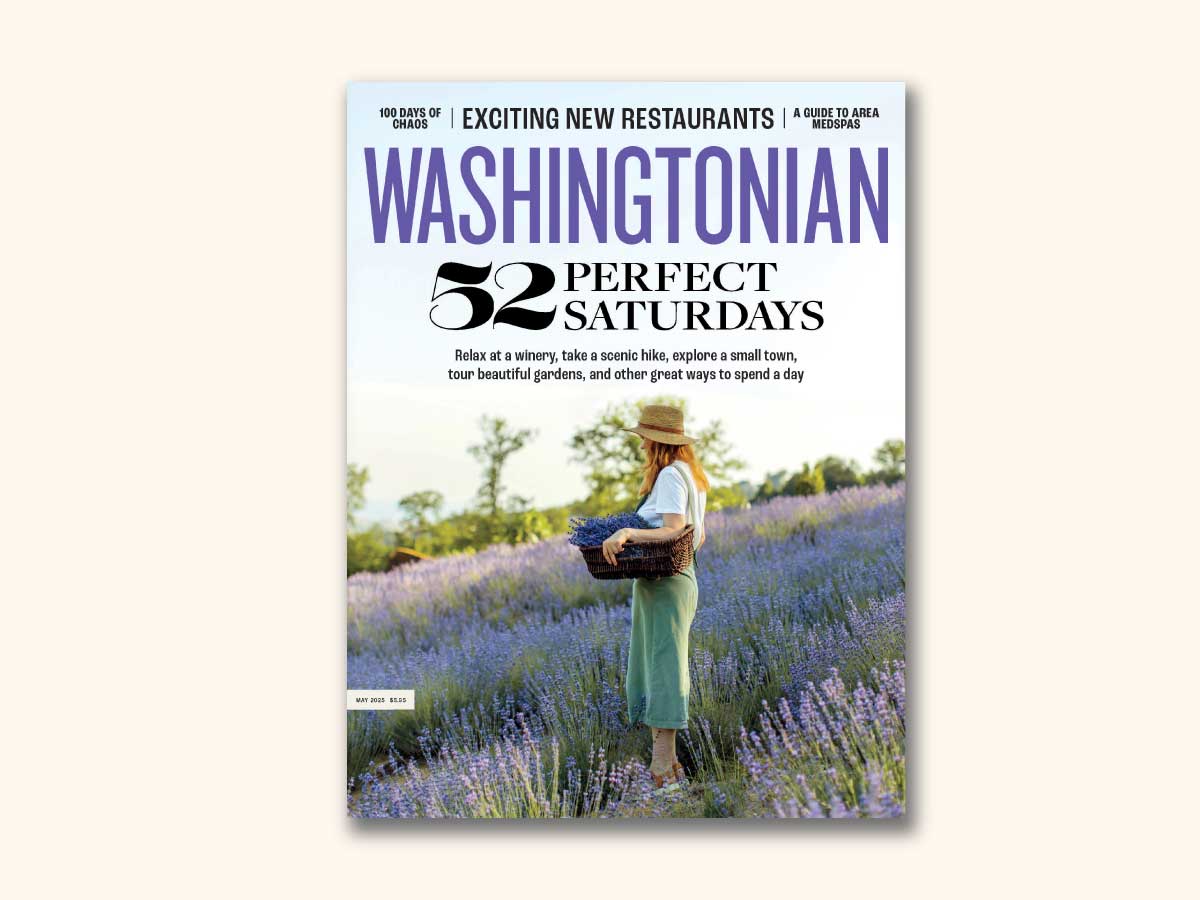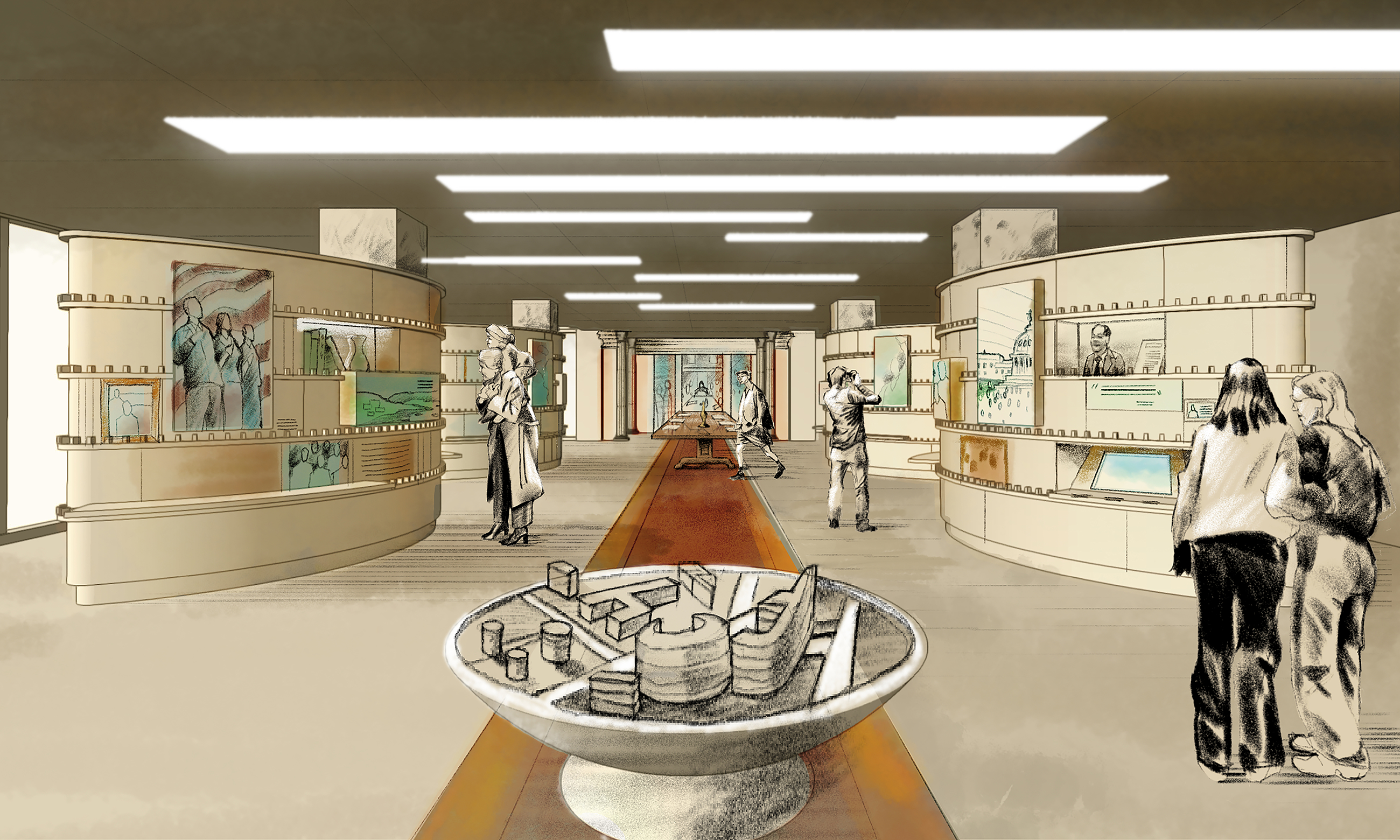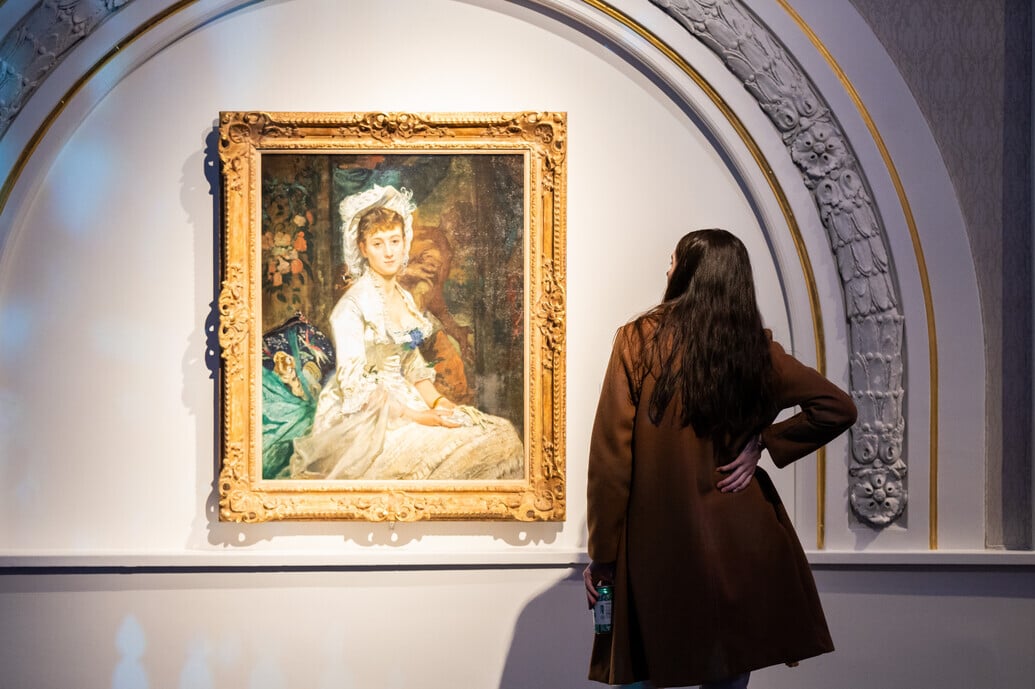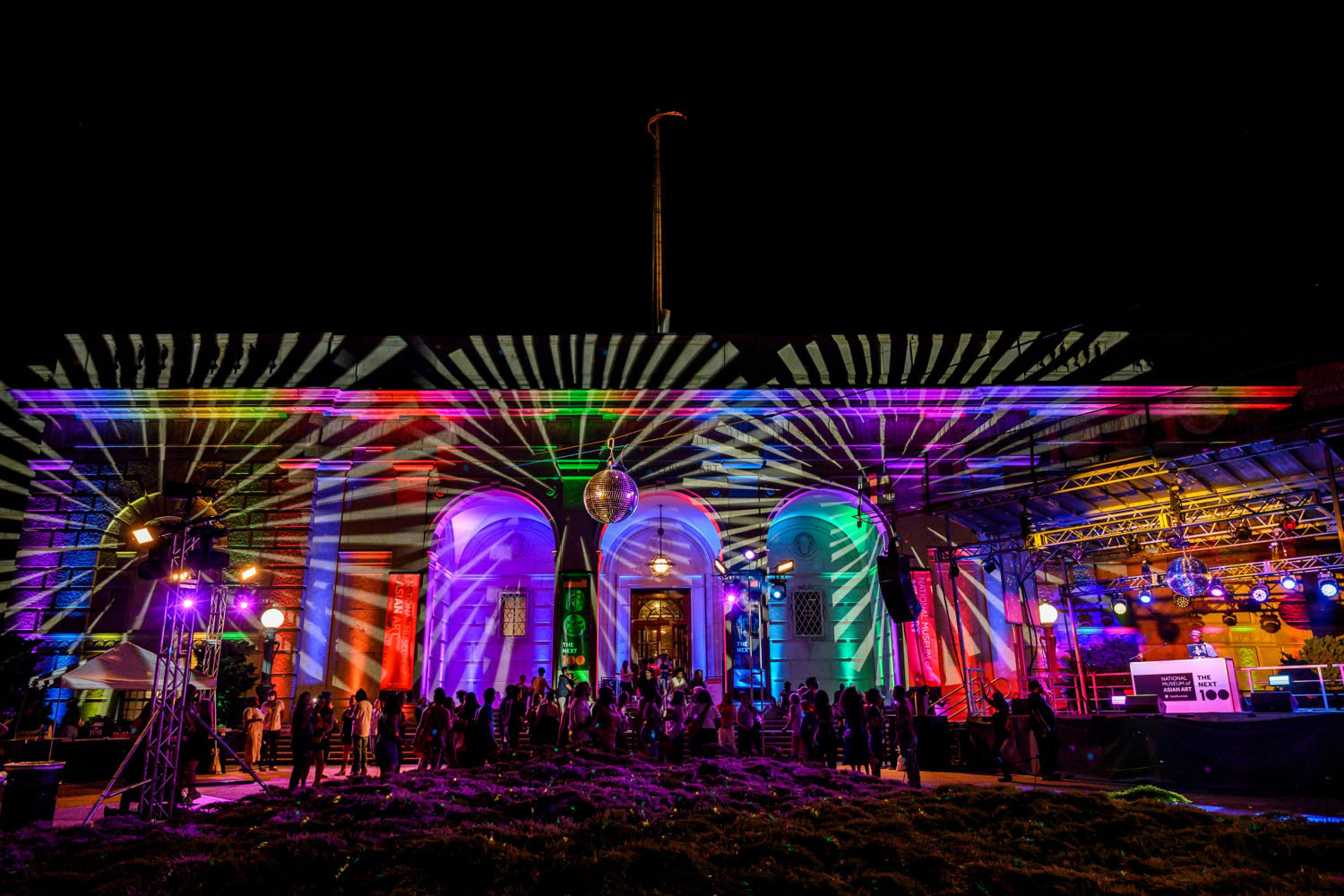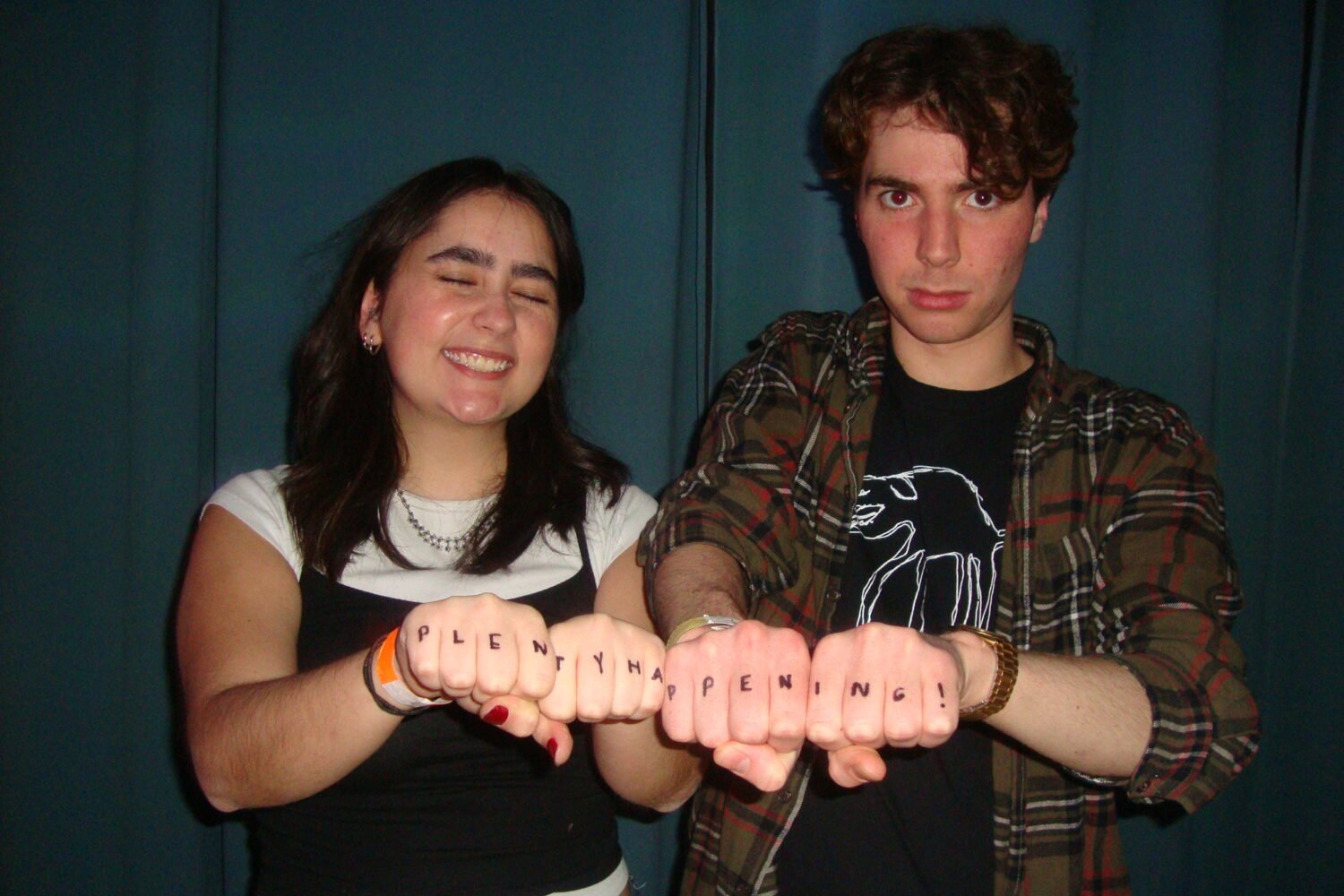While “Stan” the Tyrannosaurus rex and “Hatcher” the Triceratops certainly tower above all the other creatures in the National Museum of Natural History’s new exhibition, The Last American Dinosaurs: Discovering a Lost World, they are only the tip of the ecosystem on display. The new exhibit, which opens Tuesday, November 25, seeks to give visitors an in-depth look at not just dinosaurs but all life in that existed in western North America between 66 and 68 million years ago—the years immediately preceding the deadly astroid that wiped out the giant lizards.
“People always think of the dinosaur world as just dinosaurs, but there were lots of other animals,” says Hans-Dieter Sues, curator of vertebrate paleontology and lead exhibition curator. The goal of the exhibit was to explore the whole ecosystem, from the smallest to the largest creature: “We wanted to embed people in the landscape,” he says.
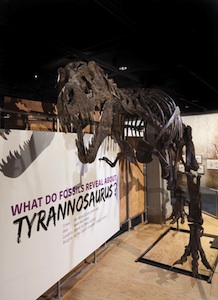
The result is an exhibit that showcases organisms as seemingly insignificant as leaves alongside creatures as small as salamanders and as large as the Edmontosaurus annectens, the “cow of the Cretaceous.” While this helps illustrate the variety of life millions of years ago, it also serves to show that the world actually wasn’t wildly different from present day. The piece of the exhibit that made this most apparent was a detailed mural by scientific illustrator Mary Parrish depicting a forest transforming from 66 million years ago to the modern age.
The animals and plants on display were discovered in North Dakota, South Dakota, and Montana, and will likely remain in this second-floor exhibit for the next few years (the main dinosaur hall is closed until 2019 for a $48 million renovation). Dr. Sues worked with a team of specialists to get the Last American Dinosaurs exhibit up and running, including exhibition curator Kay Behrensmeyer and exhibition project manager Sally Love.
Another great find at this exhibit was a retro video game reminiscent of Pacman, which allows you to “see if you have what it takes to become a fossil.” Dr. Sues says it was made in the 1980s and refurbished for use in this exhibit, since the science hasn’t changed. The game is a simple yet effective way for the public to understand just how difficult it is for remains of organisms to become fossilized. “Becoming a fossil is kind of like winning the lottery,” Dr. Sues says.
Perhaps the most memorable element of the exhibit is the windows in which visitors can peer into a working fossil lab, along with signs explaining what it takes to separate the rock from the fossil. When I visited, there were two women behind the glass, and one was working with a high-tech telescope that reflected its images onto a large screen, so everyone could see exactly what she saw—a glimpse of yet another unfamiliar world.
The Last American Dinosaurs: Discovering a Lost World opens November 25 at the National Museum of Natural History. For more information, visit the museum’s website.

